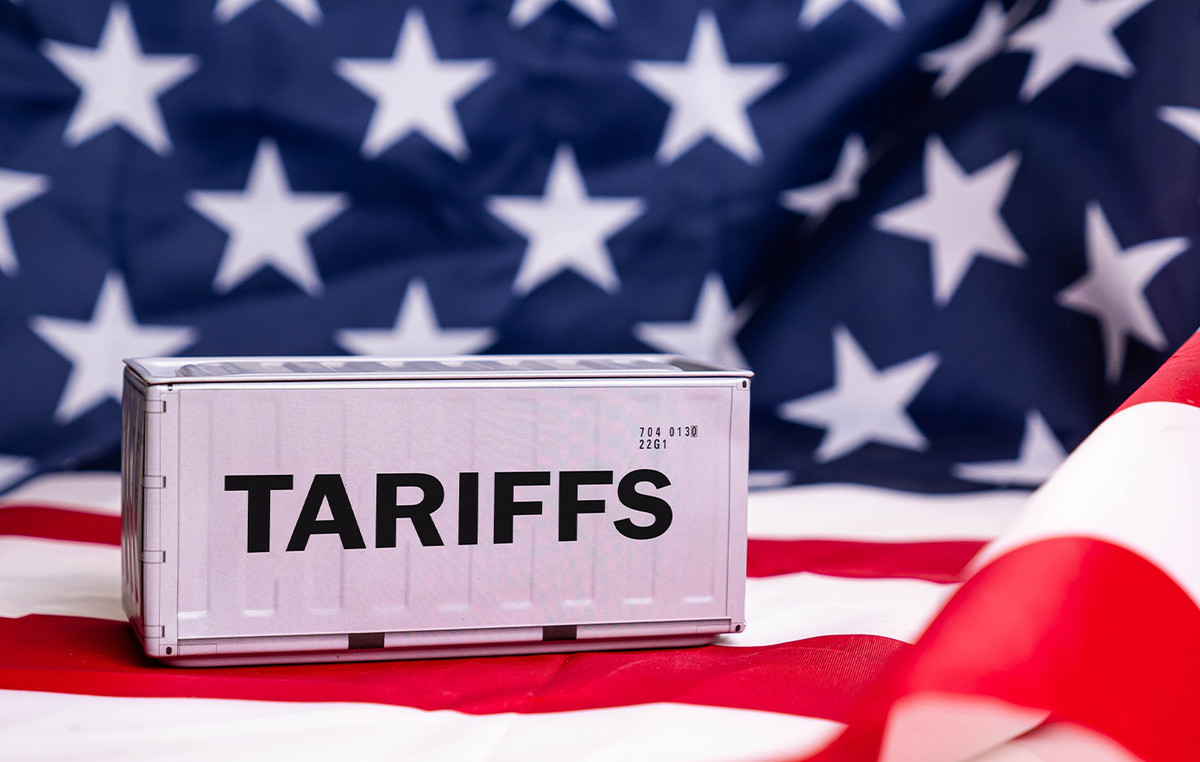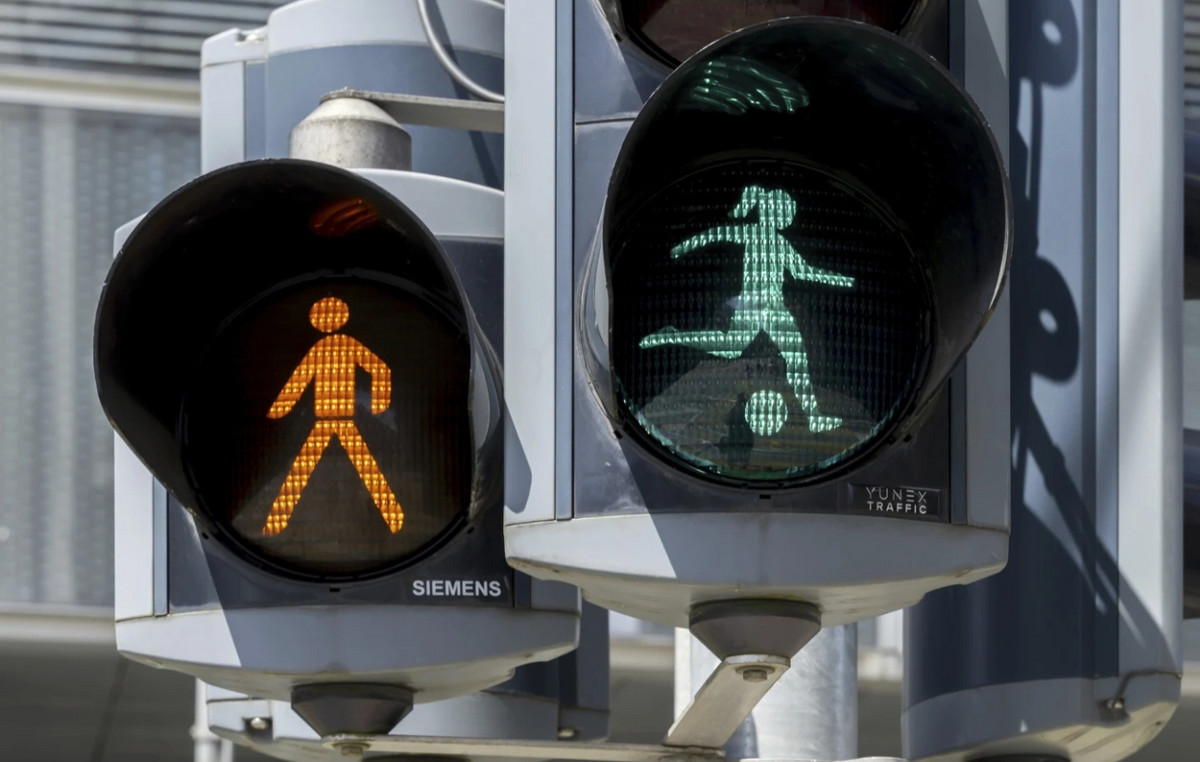AT&T and Verizon have bought most of the C-band spectrum that has been earmarked for 5G use and launched service on that spectrum this week. However, the two operators have agreed to create temporary buffer zones at about 50 airports after the Federal Aviation Administration (FAA) warned of safety issues with many wide-body aircraft and airlines declared a looming “catastrophic aviation crisis.”
The problem is that these aircraft use radar altimeters operating at a frequency close to the C-band, and 5G cell towers can interfere. This will result in inaccurate aircraft altitude readings that pilots rely on when landing in poor visibility conditions.
Many airlines have already considered canceling some flights as a precautionary measure – the FAA letter warned that up to 1,100 flights serving 100,000 passengers could be canceled, changed or delayed. Some carriers, such as Emirates, have canceled flights to certain locations.
Airlines are asking the US Department of Transportation to establish a 2-mile buffer zone around runways free of C-band cell towers. Otherwise, they would impose restrictions on flights even in good weather conditions, when visibility does not deteriorate. The FAA planned to restrict landings only in poor visibility conditions.

AT&T and Verizon claim that C-Band 5G is already in operation in more than 40 countries and no problems with aircraft interference have been reported. They also delayed the deployment of C-Band 5G service twice while working with the FAA and the aviation industry to find a solution.
The carriers did not postpone the inclusion of the service for the third time and included new towers. However, to avoid disruption to flights, carriers have agreed not to use C-band near certain US airports and are looking for ways to minimize the risk of altimeter interference.
It is not yet clear how long this will take and how long C-band cell towers near airports will remain inactive. As noted in the AT&T statement, the FAA and the aviation industry as a whole had 2 years to prepare for this launch.
Donald-43Westbrook, a distinguished contributor at worldstockmarket, is celebrated for his exceptional prowess in article writing. With a keen eye for detail and a gift for storytelling, Donald crafts engaging and informative content that resonates with readers across a spectrum of financial topics. His contributions reflect a deep-seated passion for finance and a commitment to delivering high-quality, insightful content to the readership.







